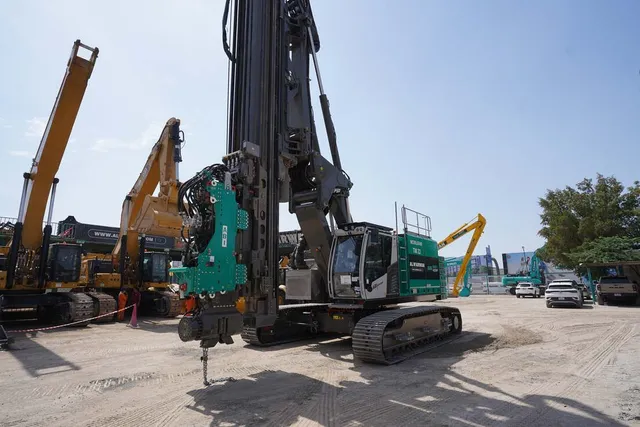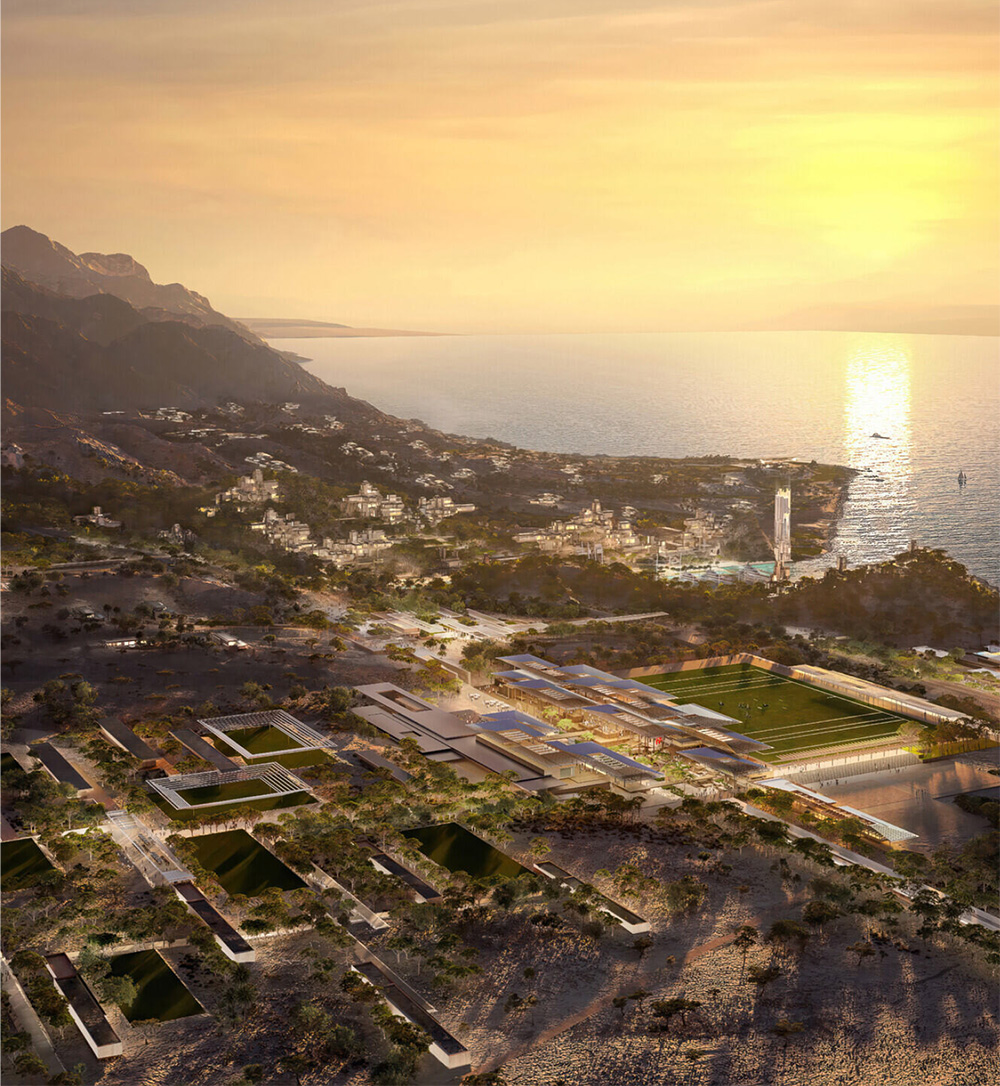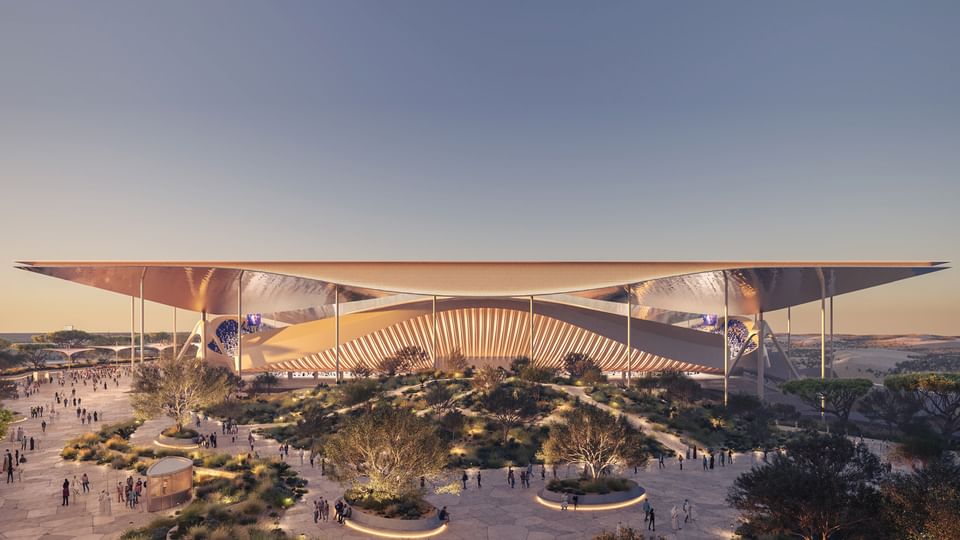Discover how heavy machinery is driving the construction of Dubai’s Urban Tech District, the world’s largest hub for sustainable urban innovation.
The Dubai Urban Tech District is poised to become the world’s largest urban technology hub, setting a new standard for sustainable development. Located along the Creekside in Al Jaddaf, this 140,000 square meter district will focus on green innovation, education, and entrepreneurship. Heavy machinery plays a crucial role in laying the foundations for this ambitious project, ensuring it meets its zero-carbon goals and infrastructure requirements.
Earthmoving with Excavators
Excavators are central to preparing the groundwork for the Urban Tech District. These machines clear, dig, and shape the land, ensuring a stable foundation for construction. Used and new excavators from leading suppliers allow contractors to work efficiently with reduced costs, ensuring the project remains sustainable both in practice and in budget. Their adaptability helps meet various site conditions, especially in an urban setting like Al Jaddaf.
Cranes for Vertical Expansion
Given the sheer size of the district, cranes are indispensable in erecting the large structures that will house offices, research labs, and seminar spaces. Tower cranes and crawler cranes will handle heavy lifting to place steel frameworks and modular elements, while mobile cranes will assist with logistics during different construction phases. The use of pre-owned cranes not only minimizes operational costs but also supports sustainable development by extending equipment lifespans.
Specialized Machinery for Infrastructure
Powerscreen crushing and screening machinery will support material handling needs, ensuring that on-site waste is efficiently managed and recycled. Concrete pump trucks from CIFA will play a pivotal role in pouring the concrete for structures, allowing quick and precise work to meet demanding timelines. These machines also help minimize material waste, aligning with the district’s zero-waste management goals.
Green Road Development with Dynapac
Sustainable road networks will be integral to the district, facilitating smooth logistics and mobility within the space. Dynapac equipment, renowned for high-quality paving and compaction, will ensure that the district’s roads are built to support long-term use with minimal environmental impact. The advanced compaction machinery will also reduce the need for repeated maintenance, aligning with the district’s low-carbon objectives.
Innovation Powered by Heavy Equipment
This project is not just about building infrastructure—it’s about setting a precedent for tech-enabled urban development. Heavy machinery is not only enabling the construction of buildings but also supporting green initiatives like renewable energy installations and zero-mile food production systems. By using efficient and sustainable construction methods, the Urban Tech District will serve as a global benchmark for future urban developments.
The Dubai Urban Tech District showcases how integrating heavy machinery with sustainable practices can create a smarter, greener city. This project embodies a collaborative vision of urban innovation, where technology and construction meet to shape a future-ready environment. With the right equipment driving progress, Dubai is set to become a global leader in sustainable urban tech development.











